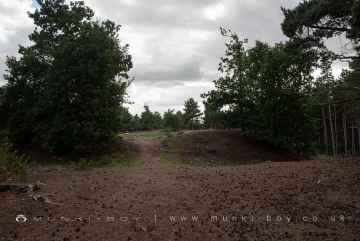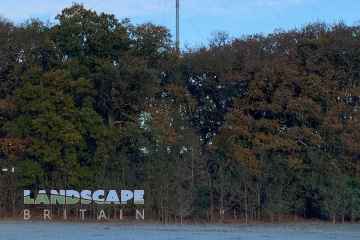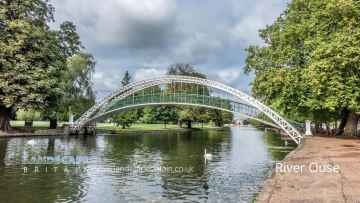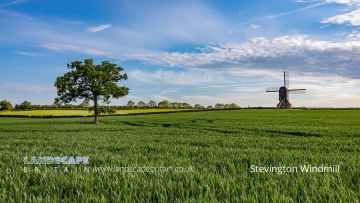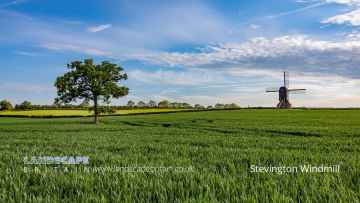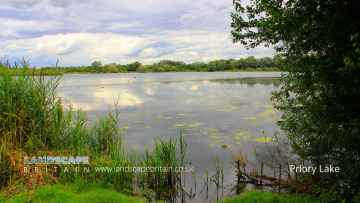Ampthill
Ampthill is a Village in the county of Bedfordshire.
There are great places to visit near Ampthill including some great towns, nature reserves, ancient sites, hills, woodlands, rivers and streams, villages, historic buildings, country parks, lakes and shopping centres.
Sandy, Bedford, Luton, Dunstable, Leighton Buzzard, Cranfield, and Biggleswade are great places to visit near Ampthill if you like towns.
The area around Ampthill boasts some of the best nature reserves including RSPB The Lodge, and Sharnbrook Summit.
Galley Hill Hillfort, and Ivinghoe Beacon Hill are some of Ampthill best ancient sites to visit near Ampthill.
Ampthill has some unmissable hills nearby like Galley Hill Hillfort, and Ivinghoe Beacon Hill.
The area close to Ampthill boasts some of the best woodlands including The Everton Estate.
Don't miss River Great Ouse at Bedford's rivers and streams if visiting the area around Ampthill.
The area around Ampthill boasts some of the best villages including Stevington, Cardington, Willington - Bedford, Whipsnade, Stewartby, Aspley Guise, and Great Barford.
There are a several good historic buildings in the Ampthill area like Stevington Windmill, Willington Dovecote and Stables, Bedford School Chapel, Stewartby Brickworks, Great Barford Bridge, Market Place Woburn, and Town Hall at Woburn.
The area around Ampthill features a number of interesting country parks including Priory Country Park, and Dunstable Downs and Whipsnade Estate.
There are a number of lakes near to Ampthill including Priory Lake.
The area around Ampthill's best shopping centres can be found at The Mall Luton.
Ampthill History
There are some historic monuments around Ampthill:
Places to see near Ampthill
History of Ampthill
In the mid-1780s, John Fitzpatrick, the 2nd Earl of Upper Ossory, led a campaign to improve the town centre. He created the current market place, erected the water pump and built a new clock tower. Lord Upper Ossory was also responsible for a cross commemorating Catherine of Aragon, with an inscription by Horace Walpole, and a row of thatched cottages built between 1812 and 1816 to house his estate workers.











